Fifty years ago, the Pisces III submersible and its two crew members encountered trouble at a depth of nearly 500 meters, triggering a 76-hour rescue operation.
At 1:15 a.m. on August 29, 1973, 28-year-old former British Navy sailor Roger Chapman and 35-year-old engineer Roger Mallinson began a routine dive in the Pisces III to the bottom of the Atlantic Ocean, more than 240 kilometers from the city of Cork, Ireland. The commercial submersible Pisces III was hired to install a telephone cable system connecting the United States to Europe.
The Pisces III is 6m long, 2m wide and 3m high. It was built by the North Vancouver International Hydrodynamics Company in Canada and first launched in 1969.
“It took about 40 minutes to get down to about 487 meters and a little less time to come back. We worked in eight-hour shifts, moving along the seabed at 0.8 kilometers per hour, placing mud handling equipment and laying cables. It was very time-consuming work,” Chapman said.
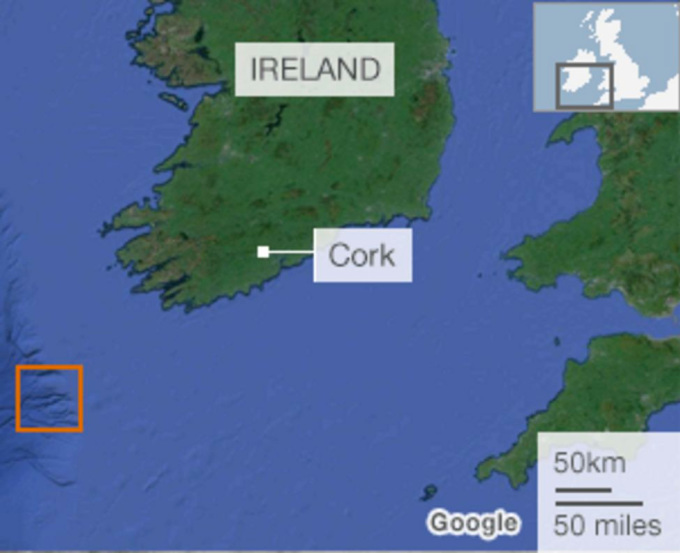
Location of the Pisces III ship (orange square). Graphics: BBC
Mallinson said the poor visibility at sea made the work exhausting. “It was like driving down the highway in thick fog and trying to follow the lane markings. You had to concentrate,” he said.
Mallinson's shift that day began after 26 hours of sleeplessness. Mallinson said a piece of equipment on the Pisces III had malfunctioned on a previous dive and it took him all day to fix it. "I know this submersible well because I've repaired it many times myself," he said.
Fortunately, Mallinson had replaced the tank with a new one. “The old tank was still good enough for a normal dive, but as if on cue, I decided to replace it with a new one,” he said.
In addition to laying the cables, the crew also had to keep an eye on the life support of the submersible. Every 40 minutes, they had to turn on a device that absorbed the CO2 they exhaled, before releasing oxygen into the sub to breathe.
At 9:18 a.m., the accident occurred as the Pisces III surfaced, waiting to be pulled to the surface and returned to the mother ship. "There was a lot of banging of ropes and chains, as is typical at the end of a journey. But suddenly we were thrown back and quickly sank. The ship was upside down," Chapman said.
The aft ball, which holds the machinery, was flooded by the sliding doors. The ship became several times heavier. “As we sank, the biggest concern we had was whether there was a continental shelf nearby, because if we hit it, we would be crushed,” Chapman added.
Mallinson said the submersible shook as it sank. “It was terrifying, like a Stuka dive bomber with the engines roaring and the pressure gauges spinning,” he said.
The two sailors turned off the electrical system and everything on board to reduce the weight as we sank to the bottom. "It was about 30 seconds before we hit the ocean floor. We turned off the depth gauge at 152 meters because it could break. We tried to curl up to avoid injury and put a piece of cloth in our mouths to avoid biting our tongues," Mallinson said.
As the sub hit the bottom at 480 metres (1,500 feet) at 65 kilometres per hour (40 mph), Mallinson's first thought was that he was lucky to be alive. "We weren't hurt, but our equipment was flying everywhere. We were just sitting there with a flashlight, not knowing that the sub had fallen into the trench and was only half above the sea floor," Chapman said.
The two men sent a message to the mothership informing them that they were both fine and that their oxygen supplies would last until the morning of September 1, 1973. The submarine had a 72-hour supply of oxygen, but they had used up eight hours, leaving them with 66 hours left.
The crew spent the first few hours rearranging everything on the ship. "The ship was almost upside down, so we had to rearrange everything and make sure the ship wasn't leaking," Chapman said.
They then decide not to move around too much to conserve oxygen. “If you sit still, not talking or moving, you use a quarter of the oxygen you would if you were moving,” he says.
"We barely spoke, just held hands and squeezed to show that we were okay. I wasn't in very good shape because I had food poisoning three or four days before. But our mission was to survive," Mallinson said.
At sea, rescue efforts were underway. The Vickers Venturer, which was in the North Sea at the time, received the signal at 10:30 and was ordered to return the Pisces III to the nearest port.
The British Navy's HMS Hecate was also dispatched to the scene at 12:09 p.m., along with a Royal Air Force Nimrod aircraft. The US Navy's CURV III submersible and the Canadian Coast Guard's John Cabot also joined the rescue effort.
On 30 August 1973, the mother ship Vickers Voyager arrived at Cork City Harbour at 08:00 to pick up the submersibles Pisces II and Pisces V, which had been flown in the night before. The ship departed Cork at 10:30.
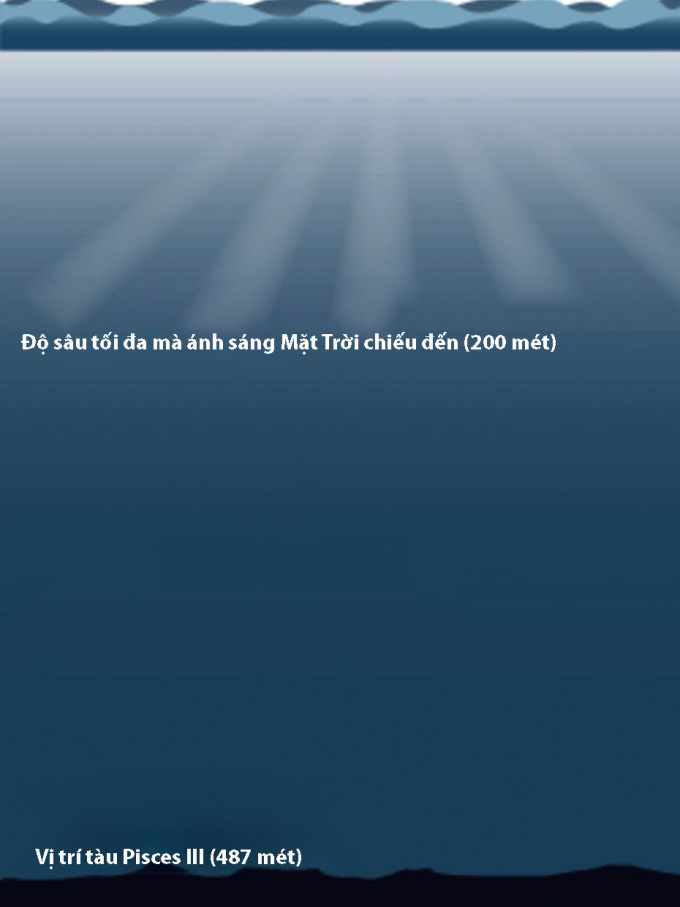
The depth of the sunken Pisces III. Graphics: BBC
Meanwhile, at the bottom of the ocean, Chapman and Mallinson's supplies were running low. They had only a sandwich and a can of lemonade, but they had no appetite.
"We let the CO2 build up a little bit to conserve oxygen. We have a timer that does the CO2 scrubbing every 40 minutes, but we tried to keep it up a little longer. It made us a little drowsy and sleepy. We started thinking about our families. I had just gotten married, but Mallinson had a wife and four young children. He started to get a little worried about the situation," Chapman said.
However, Mallinson said one ship sent a wonderful message from Queen Elizabeth II, with good wishes. "It was very warm. Your body is freezing but then the message gets the adrenaline going and your heart rate up," he said.
On August 31, 1973, Pisces II launched at 2:00 a.m., but encountered a problem and had to return to the mother ship for repairs. Pisces V then dove to the bottom of the sea but could not find Pisces III before running out of power. The sub had to return to the surface and then continue its second dive.
"It took almost 1pm for Pisces V to find us. It was nice to know someone had seen us. But Pisces V couldn't attach a tow hook to our boat," Chapman said.
Pisces V was ordered to stay with Pisces III. Pisces II was relaunched, but quickly surfaced after water was detected in the ship's ball. At about 5:30 p.m., the CURV III submersible arrived with the John Cabot, but was unable to dive due to electrical problems.
"By midnight on August 31, we had only Pisces V reaching the location of the stricken ship, while the two submersibles were damaged. Pisces V was ordered to surface just after midnight. This was like a blow to us, because there was no one else around. Our 72 hours of oxygen were almost gone, and we had no more lithium hydroxide to filter out CO2. We were almost resigned to the worst case scenario," Chapman said.
Mallinson agrees that hope is fading. He says the only consolation is the presence of dolphins. "We haven't seen them, but we've heard them for three days. That makes me happy," he says.
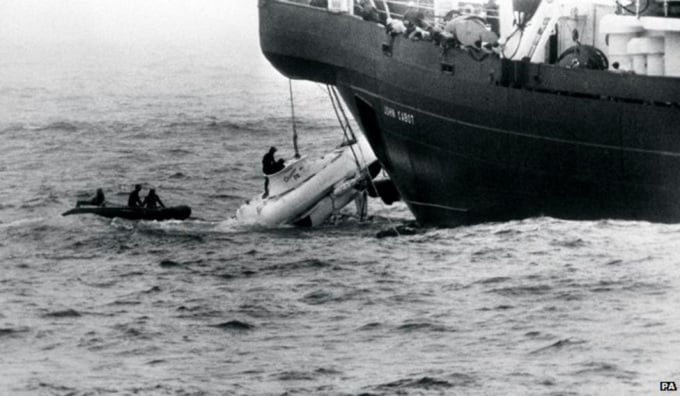
The Pisces III submersible was pulled to the surface on September 1, 1973. Photo: PA
At 4:02 a.m. on September 1, 1973, Pisces II dived again, carrying a specially designed tow rope. "At about 5 a.m., the rope was attached to the ball behind the ship. They knew we were still alive," Chapman said. "At 9:40 a.m., CURV III dove down and attached another rope to the ball. We were wondering what was going on and why we hadn't been pulled up yet."
Mallinson said he was not optimistic that the tow would be successful. "The ball was behind us and we were in front. I was annoyed that they were going to pull us up like that. I thought it was the wrong decision. At that moment, if they had asked either of us if we wanted to be left behind or pulled up, we would have said 'leave us alone'," he said.
At 10:50 a.m., the Pisces III began to be pulled up. "As soon as we were pulled off the seabed, the ship shook very hard," Chapman said.
The tow had to be stopped twice, once at a depth of 106 metres to untangle the towline and again at a depth of about 30 metres for divers to attach more line.
At 1:17 p.m., Pisces III was lifted out of the water. "When they opened the hatch, fresh air and light flooded into the cabin, making our eyes hurt but feeling very excited. But our bodies were numb and it was difficult to climb out of the ship," Chapman said.
Mallinson added that it took rescuers 30 minutes to open the ship's door because it was stuck. "When it opened, we could smell the salty sea," he said.
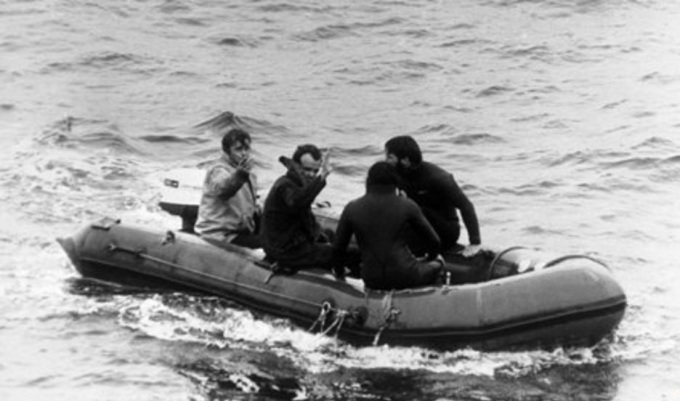
Mallinson (first from left) and Chapman (second from left) after being rescued from the submersible. Photo: PA
The two sailors were in the Pisces III for 84.5 hours before they were rescued. "We only had 72 hours of oxygen, but we managed to extend it by 12.5 hours. When we were rescued, we only had 12 minutes of oxygen," Chapman said.
Pisces III originally had tail fins, but these were removed after the ship was purchased by Vickers Oceanics. Many analysts later suggested that if the fins had not been removed, they might have prevented the towline from becoming entangled in the ship's machinery ball, causing the accident.
In a 2013 interview, Mallinson had nothing but praise for Chapman. "Roger Chapman is a great guy. Someone else might have panicked. If I had to choose someone to dive with again, I'd want it to be him," Mallinson said.
Thanh Tam (According to BBC )
Source link


![[Photo] Third meeting of the Organizing Subcommittee serving the 14th National Party Congress](https://vstatic.vietnam.vn/vietnam/resource/IMAGE/2025/4/2/3f342a185e714df58aad8c0fc08e4af2)

![[Photo] Close-up of Vietnam's sniffer dog team searching for earthquake victims in Myanmar](https://vstatic.vietnam.vn/vietnam/resource/IMAGE/2025/4/1/d4949a0510ba40af93a15359b5450df2)
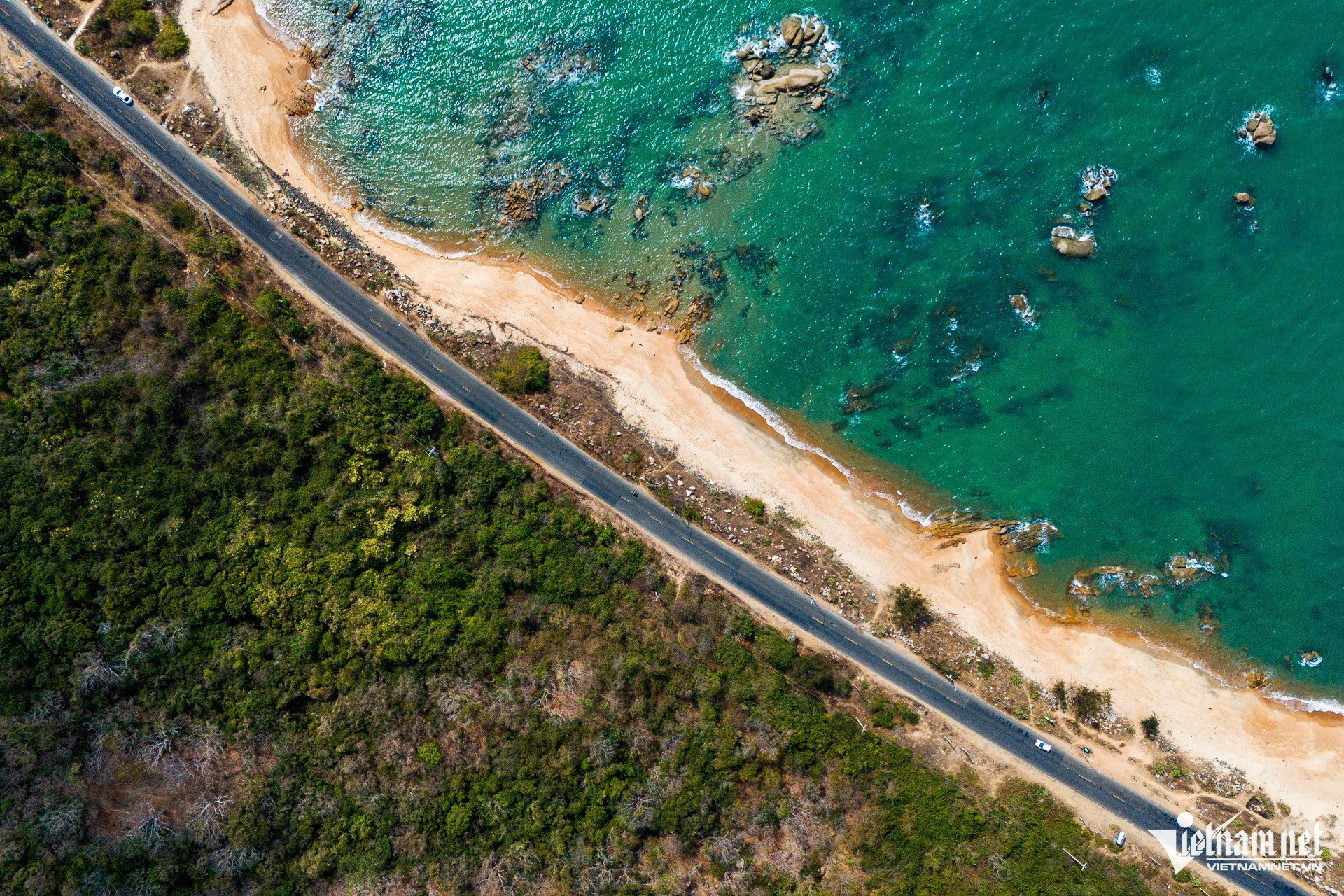
![[Photo] Relatives of victims of the earthquake in Myanmar were moved and grateful to the rescue team of the Vietnamese Ministry of National Defense.](https://vstatic.vietnam.vn/vietnam/resource/IMAGE/2025/4/2/aa6a37e9b59543dfb0ddc7f44162a7a7)



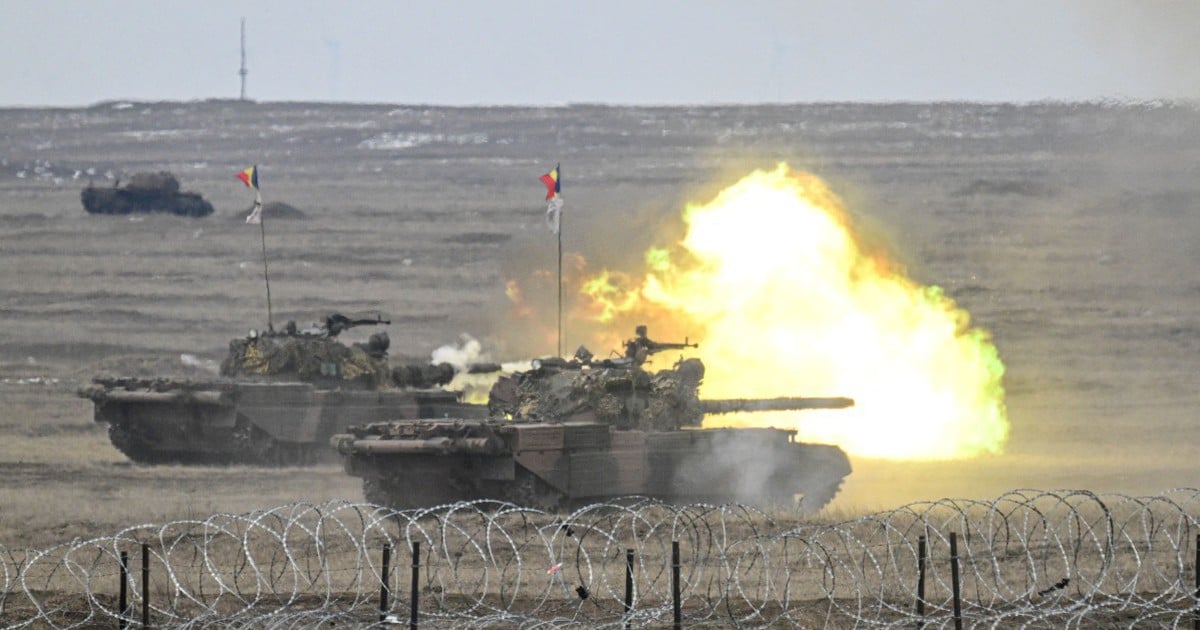


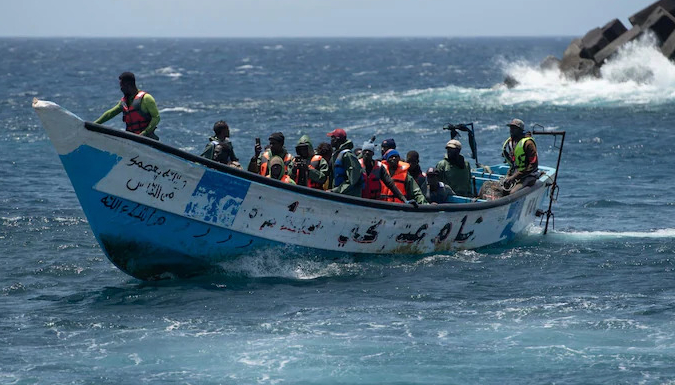



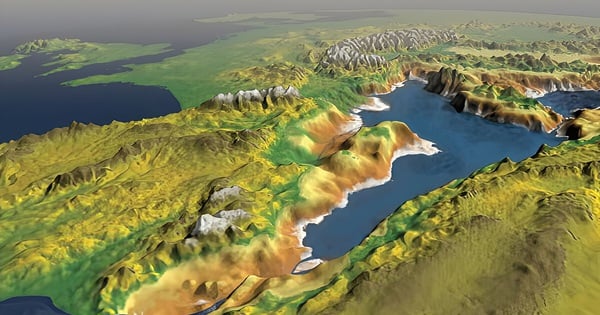


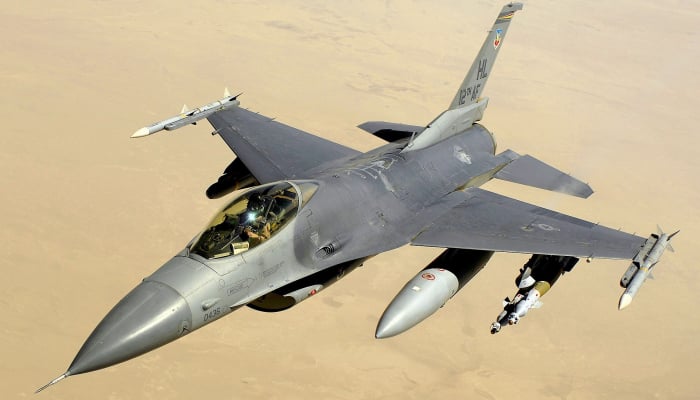


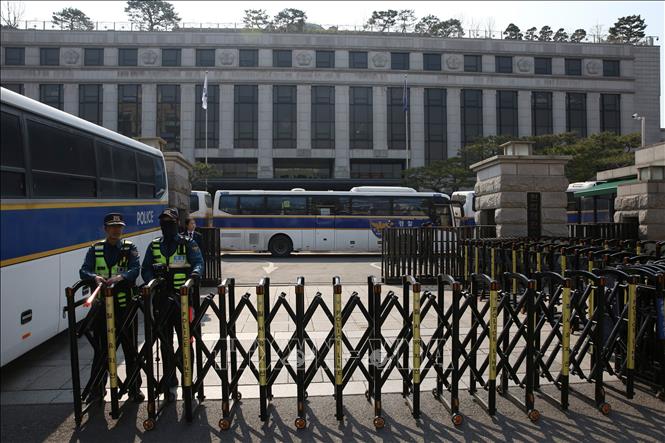










































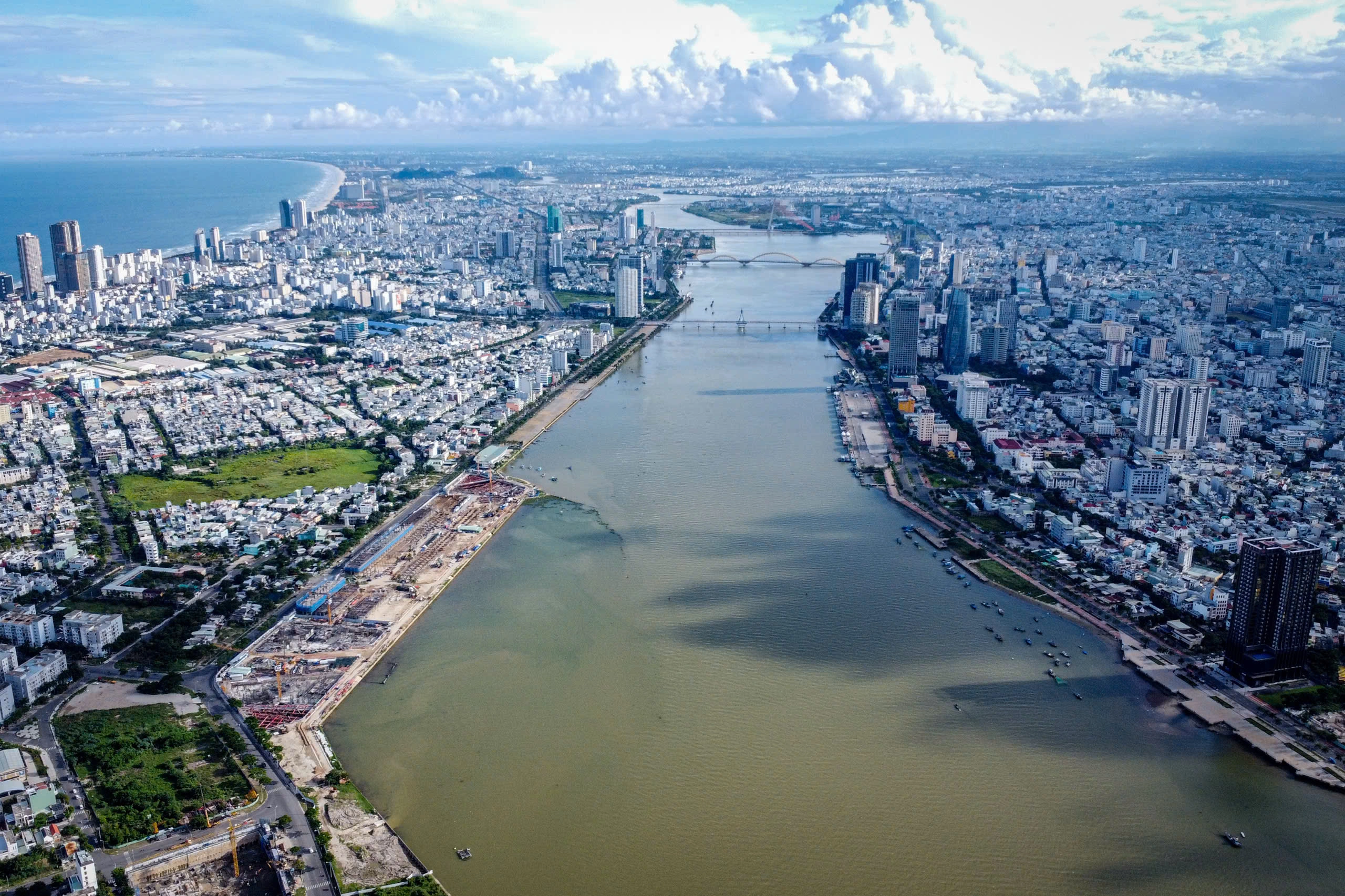

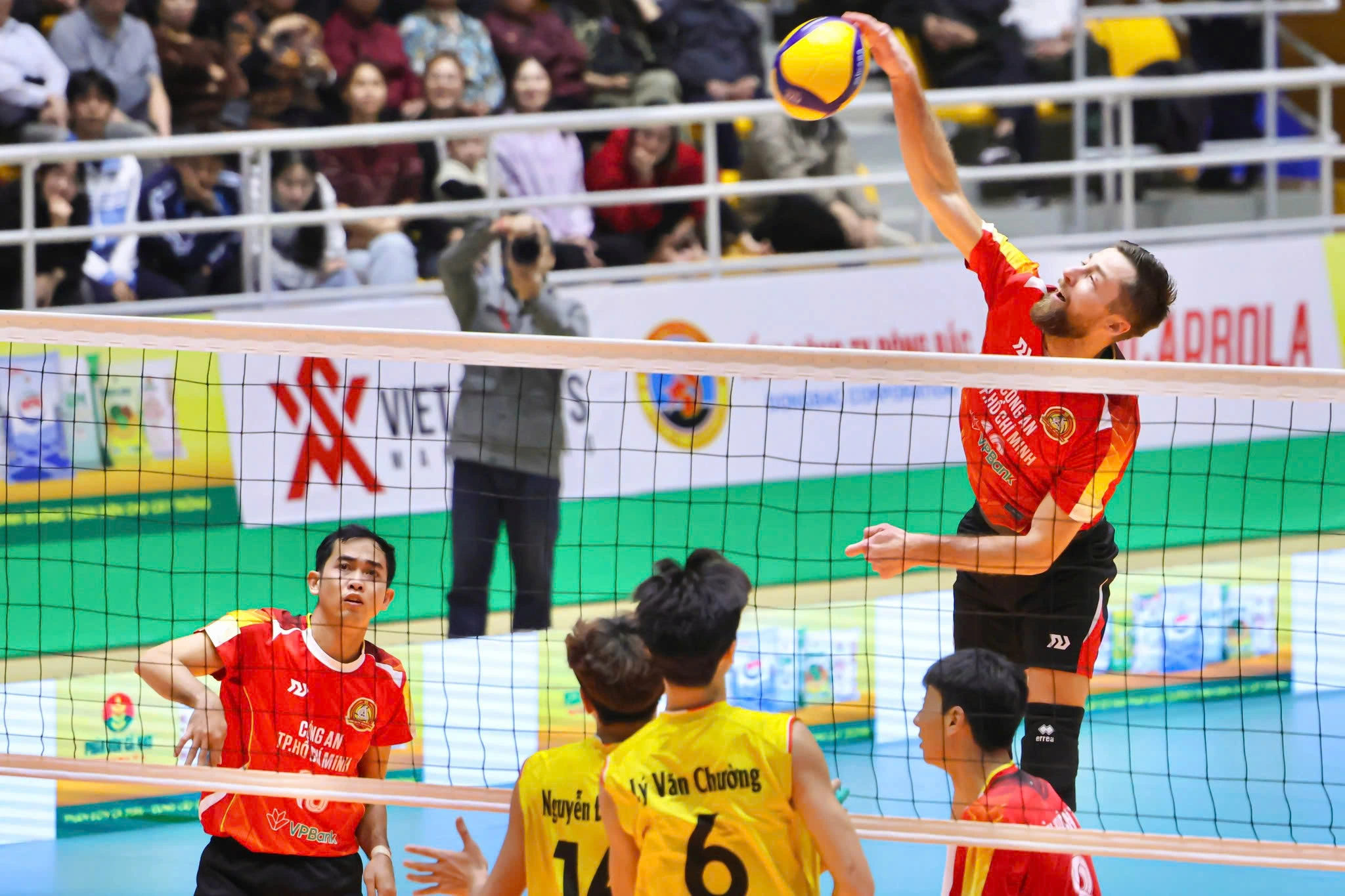

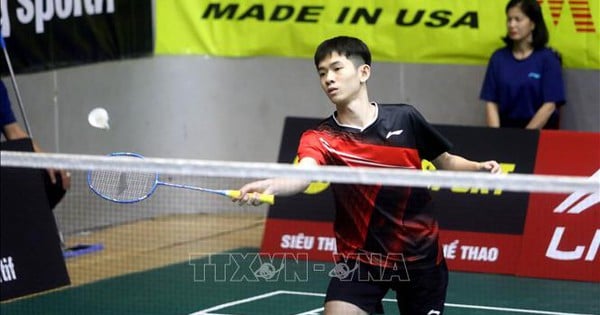


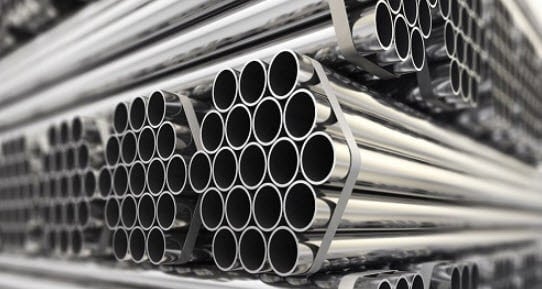






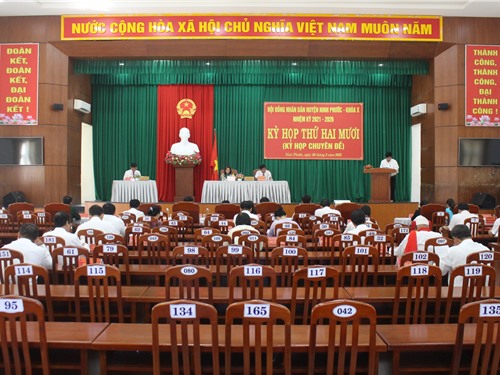
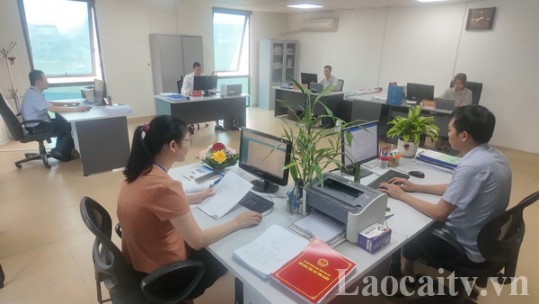


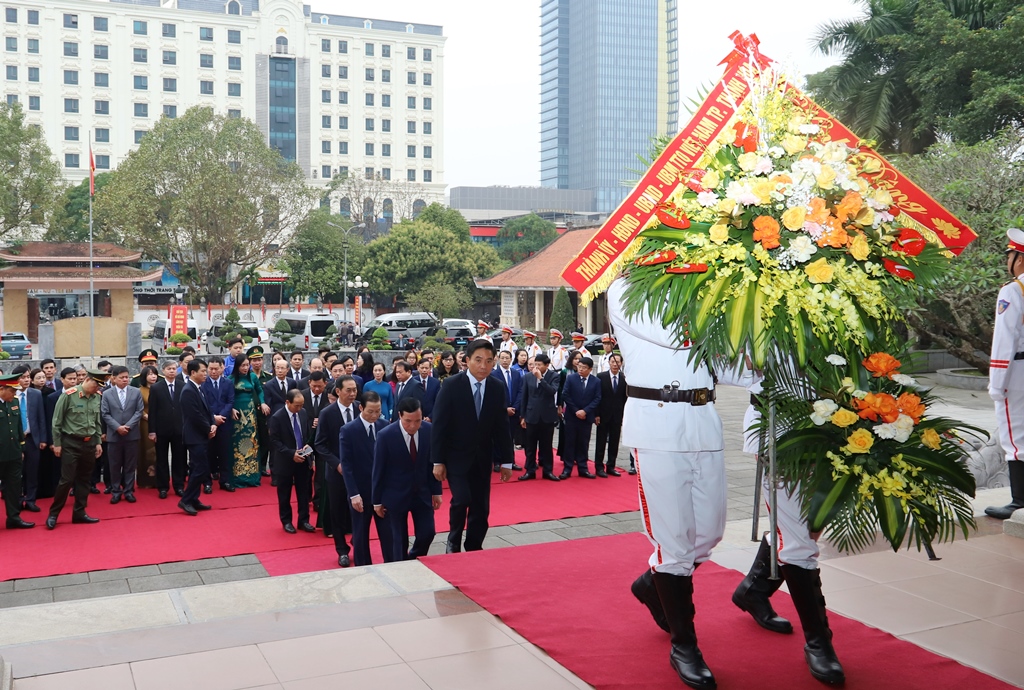











Comment (0)